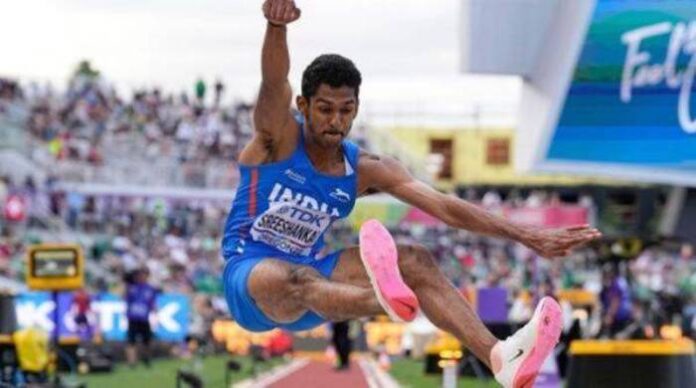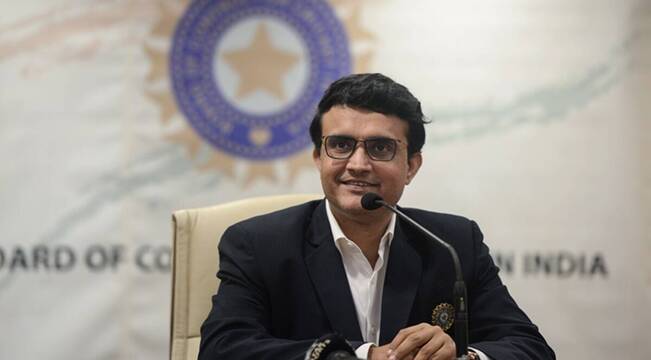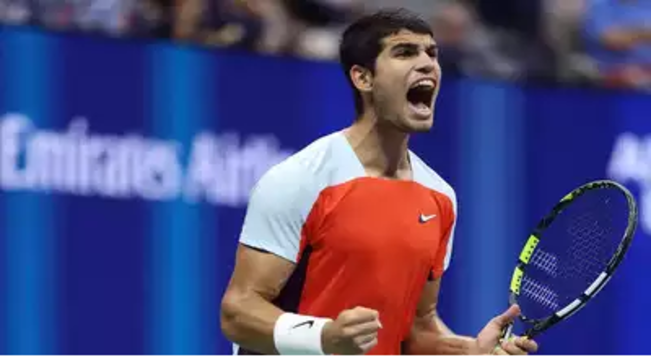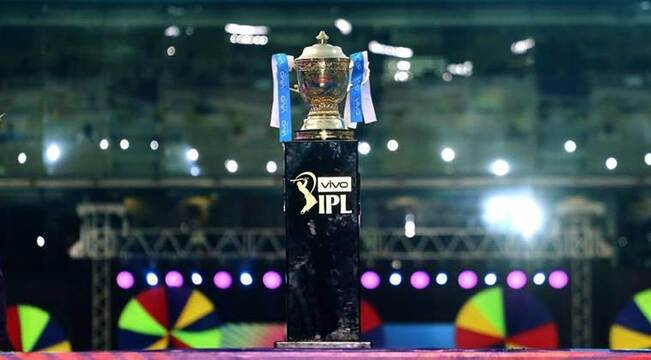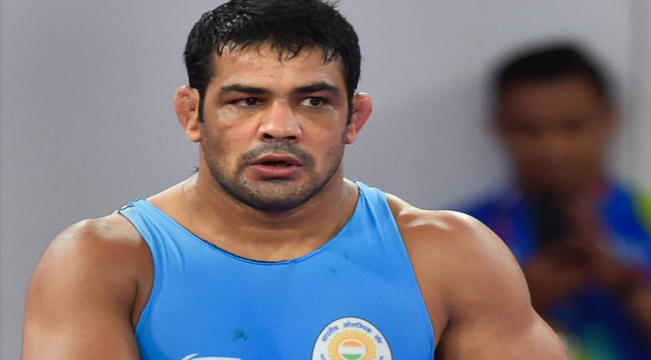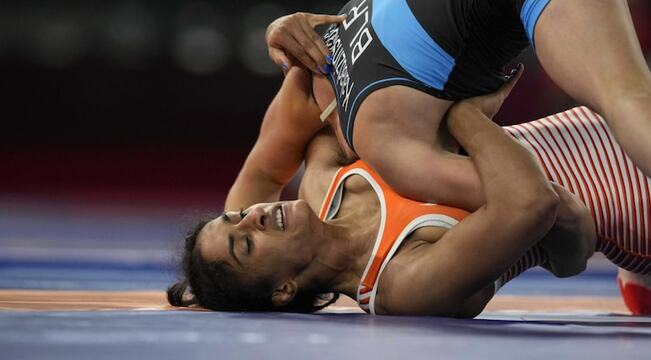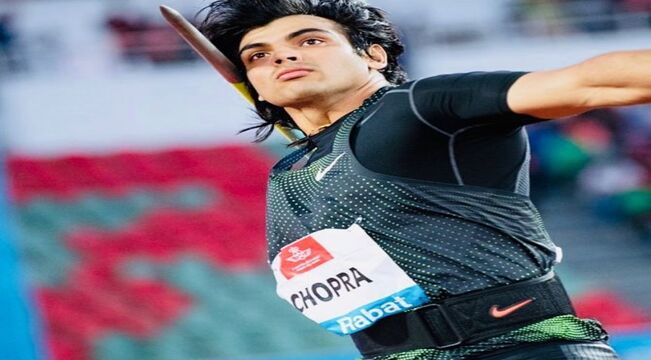New Delhi, July 04, 2023: Long jumper Murali Sreeshankar’s quest is to find rhythm during his approach run to the take-off board. “The jump is all about proper rhythm,” he says. “Carl Lewis and Mike Powell you can see the kind of rhythm with which they run… It is like poetry in motion. One, two, three, four… gradually increasing their speed and accelerating.”
On Friday night at the Lausanne Diamond League the 24-year-old Commonwealth Games silver medallist could not nail his approach.
7.88 metres in his third attempt was his best jump. He finished in 5th place. Conditions weren’t ideal.
He, like his competitors, jumped into a headwind, it was chilly. Sreeshankar says it felt like 14 degrees celsius at least. “I had to wear two big jackets. I was speaking to (Miltiádis) Tentóglou. He is a European (Olympic champion) and he was saying it is very cold. I was coming from 43 degrees in Bhubaneswar. It was difficult to adjust to the contrasting conditions…,” Sreeshankar says. He registered his personal best of 8.41 metres, a centimetre short of the national record, at the Inter-State Championships in Bhubaneswar. Lausanne was a different story.
He isn’t looking for excuses but for an answer. What must he do if he encounters similar conditions at the World Championships in Budapest in August. The rhythm during his approach is a make-or-break factor, he says. Recovery and training post a hamstring injury earlier in the year went off smoothly at the Inspire Institute of Sport in Vijayanagar. Fitness isn’t a worry.
“This (Lausanne) was a great experience because the field was really strong. Getting used to these weather conditions… It will help me during the World Championships. I was a bit dejected. Not because of the jump (distance). But because I was not able to get the feeling right on my take-off because my rhythm was very awkward. I just need to figure out the rhythm and I will get a good jump,” Sreeshankar says. One of his jumps was 50 centimetres behind the take-off board, a sin in long jump.
His approach run is 45 metres, which he covers in 19 steps, the last 10 metres in the blink of an eye or .90 seconds. “In the approach the main thing is the speed in the last 10 metres. If I am able to cover the last 10 metres of the approach in .90 seconds that is a very good speed for me to take-off in an optimal way.”
In April, Sreeshankar and his father-coach Murali travelled to Texas Tech University in Lubbock to consult Kieth Herston about the best ‘approach strategy’.
“Some athletes start with a standing stance, like I do. A few take a couple of skips and then start the approach like Tentóglou and (Thobias) Montler. I have 19 strides. Some athletes have standing stance and even number of strides. I have experimented with all these this season… even number of strides, odd number of strides. We figured out what is the best approach and rhythm for me to get more speed in the last 10 metres.”
The distance and number of strides during his approach can help him meet with success on landing in the sand pit only if he finds rhythm.
“The rhythm required for a long jumper is very different. There are people who run the 100 metres well but if you run with the same rhythm in the long jump you won’t be able take-off well.”
Sreeshankar has started competitions without rhythm and then found it. He gives the example of the Birmingham Commonwealth Games last year. “In the CWG final, I got it (rhythm) only in the last three jumps. In Lausanne everything was missing.”
CHANGE IN GYM WORKOUT
Since last year, Sreeshankar has improved his consistency of 8- metre plus jumps. This year in four of six competitions he has jumped over 8 metres. In six of nine events last year he crossed the mark, including 8.05 in the qualifying round and 8.08 in the final of the CWG.
A change in his gym workout has made a world of a difference he says.
“Dad modified the training programme. I am not loading too much, no major heavy lifting. After I did 8.20 in 2018, I had started focusing on gaining muscle mass. I modified my training programme. So I focus more on power now rather than strength.”
Power and strength are two different things. “Strength is how heavy you lift. Power is how fast you can lift the weight. Obviously strength is important in the preparatory phase. We started to focus more on power- based exercises in the gym and on the track. For maximum force in less amount of time… that is the shortest definition I can have for power.”
He gives an example of how it works in the real world. “Say I used to do 300 kg of quarter squats. But there is no point in going that heavy if your lift is going bad (technique). So the important thing was to lift 200 kg in a much faster time. If you are doing bench press in the gym and if you are lifting 100 kg with slow momentum and you are lifting 70 kg at a good speed, the power output will be higher in the 70 kg lift.”
According to the reports published in indianexpress.com the father-son’s new workout philosophy was endorsed by Dr Klaus Bartonietz, the biomechanics expert and coach of Olympic gold medal winning javelin thrower Neeraj Chopra.
“When we were having a meal, I asked Dr Klaus what is very important, strength or power? He gave me a detailed physics class on how power is important. The key for a good javelin throw and key for a good long jump is power. He gave me a lot of examples of tractors and sports cars.”
Sreeshankar’s next aim is to be as good as he is at home when he travels abroad. “Our challenge is to replicate the kind of performance we do in the domestic circuit in the competitions abroad. That comes with experience, you have to be in and around Europe and travel and compete. Neeraj has mastered it, which keeps him a class apart from rest. This is my first year of competing regularly in the Diamond League circuit, so it will take me some time to be at that kind of elite level.”













